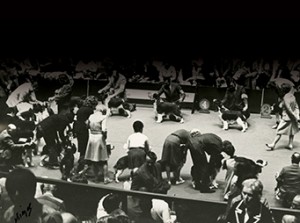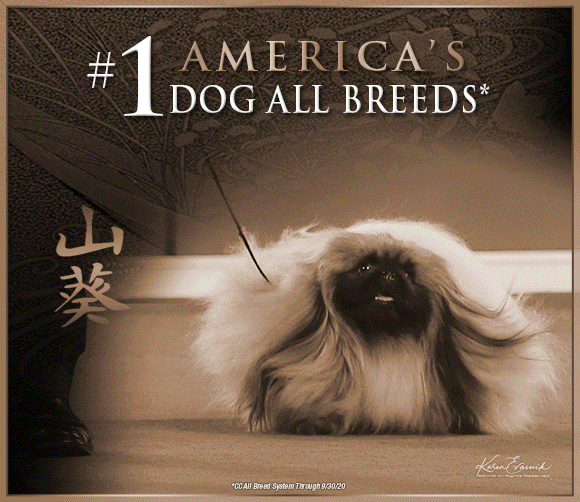Beyond The Breed Standard
Click here to read the complete article
74 – September 2019
By Wayne Cavanaugh
 “That judge doesn’t know the breed standard!” It’s a common declaration heard around the rings, a slightly angry statement, an editorial comment. When I hear it, I can’t help but think about what “knowing” a breed standard really means.
“That judge doesn’t know the breed standard!” It’s a common declaration heard around the rings, a slightly angry statement, an editorial comment. When I hear it, I can’t help but think about what “knowing” a breed standard really means.
If knowing the breed standard means reading and memorizing its words, it would be an elementary task. I can’t imagine that anyone would see a perfect score on a breed standard test as proper verification of breed knowledge. Yes, it’s a part of the learning journey, but on their own, breed standards aren’t enough in a real quest for knowledge.
The official requirements are: memorize the breed standard, take a test, attend a seminar, make sure you get the certificate, find a mentor, and visit a breeder. While I suppose those are reasonable learning elements, they alone cannot make anyone an expert. First, the focus is on getting answers instead of learning how to ask ourselves the larger questions. Second, it means applying the standard to the current dogs at hand. Third, it understandably runs the risk of perpetuating someone else’s interpretation of the breed standard. While that can be a great interpretation, it can also just be a snapshot in time. The style of the day lives on and we’ve explored nothing in depth about the core development of the breed.
Gaining real breed knowledge means going beyond the typical requirements. We must find ways to ask ourselves questions, even questions without answers, to create our own set of master tools instead of relying on the beginner’s set. It’s necessary to learn from the knowledge of others, but without finding other ways to seek our own answers, we won’t be able to see the standards come alive on the page and in the ring.
My approach to learning has obvious personal biases and is certain to be incomplete to all and incomprehensible to some. My hope, though, is that it at least sparks an interest in diving deeper into thinking, learning, and seeing things from a different perspective.
Origin and Function
While the standard may be the blueprint, nothing can be built without a sound foundation of origin, history, and function. The typical approach is to take the time to read the preambles in breed
standards, on breed club’s websites, and in dog books. Learning from reading, however, is incomplete unless we simultaneously consider how each sentence relates to each and every specific part of the breed’s conformation, movement and temperament. It’s the “why” that’s important.
For example, reading that function in a breed requires a long, deep muzzle offers zero reference to the actual size and proportions of the muzzle. How long and how deep? And most important, why? If, for example, the breed’s function is to point and retrieve a pheasant, we need to know and consider the size of a pheasant. I’ll save you that step. The typical male ring-necked pheasant in the United States is 2.6 pounds and 3.5 feet long. The common pheasant in the UK is about the same length but more dense at 3.3 pounds.
Click here to read the complete article
74 – September 2019
Short URL: http://caninechronicle.com/?p=170023
Comments are closed












